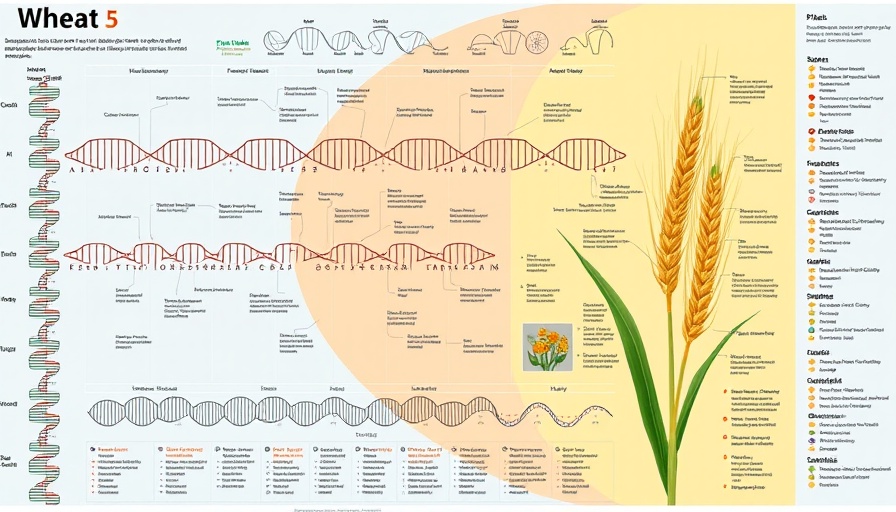
Wheat and Resilience: A Genetic Breakthrough Against Powdery Mildew
In an exciting development for sustainable agriculture, researchers have uncovered a pair of wheat genes that hold great promise in the fight against powdery mildew, a prevalent fungal disease that threatens wheat crops globally. This breakthrough could lead to the development of wheat varieties that are more resistant to this devastating disease, ensuring better yields and sustainable farming practices.
The Importance of Wheat in Our Diet
Wheat is a staple food for over one-third of the world's population, providing vital nutrients and carbohydrates. With increasing demand due to a growing global population, ensuring the health and productivity of wheat crops is more important than ever. Diseases like powdery mildew can drastically reduce yields, leading to food shortages and economic challenges for farmers.
Understanding Powdery Mildew: A Growing Threat
Powdery mildew manifests as a white powdery coating on leaves and stems, ultimately compromising the plant's ability to photosynthesize effectively. The disease spreads rapidly in humid conditions and can lead to severe crop losses. Traditional farming methods to combat mildew often involve the use of fungicides, which can be environmentally damaging and lead to resistance over time. That's why the genetic discovery is so crucial.
Unpacking the Genetic Discovery
The gene pair identified by scientists plays a critical role in plant immunity, enhancing the wheat plant's defensive mechanisms against pathogens like powdery mildew. Understanding how these genes function opens the door to new breeding techniques, allowing wheat to be engineered to naturally resist this fungus without heavy reliance on chemical treatments.
Future of Sustainable Agriculture
This discovery marks a pivotal step towards sustainable agricultural practices. By developing wheat that can thrive even in the face of powdery mildew, farmers can enjoy increased yields while minimizing their environmental footprint. Introducing disease-resistant varieties not only ensures a reliable food supply but also decreases the need for pesticides, which can have lingering adverse effects on ecosystems.
Hope for Farmers and Communities
For farmers facing the constant threat of crop disease, this research offers hope for both economic stability and food security. By embracing these innovations, farming communities can build resilience against climate change challenges and shifting agricultural landscapes.
Inspiring Future Generations of Agricultural Innovation
As the agricultural landscape continues to evolve, the integration of science and technology will play a crucial role. Encouraging young scientists to explore genetic research and biotechnology can inspire innovative solutions to food production challenges. This aligns with a broader trend towards sustainable living, where every individual, from farmer to consumer, plays a part in ensuring a healthy planet.
In conclusion, the discovery of these wheat genes symbolizes a beacon of hope in the agricultural world, combining scientific advancement with practical application. It's a reminder that innovation can lead to transformative practices that not only benefit farmers but also nourish communities worldwide.
 Add Row
Add Row  Add
Add 




Write A Comment